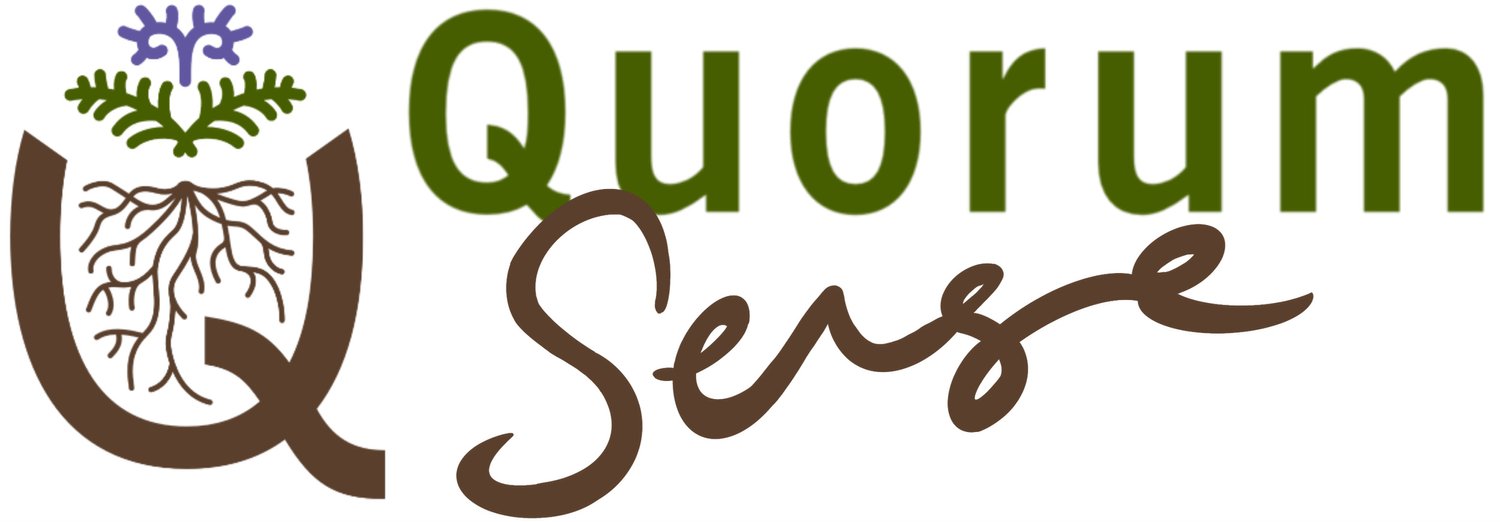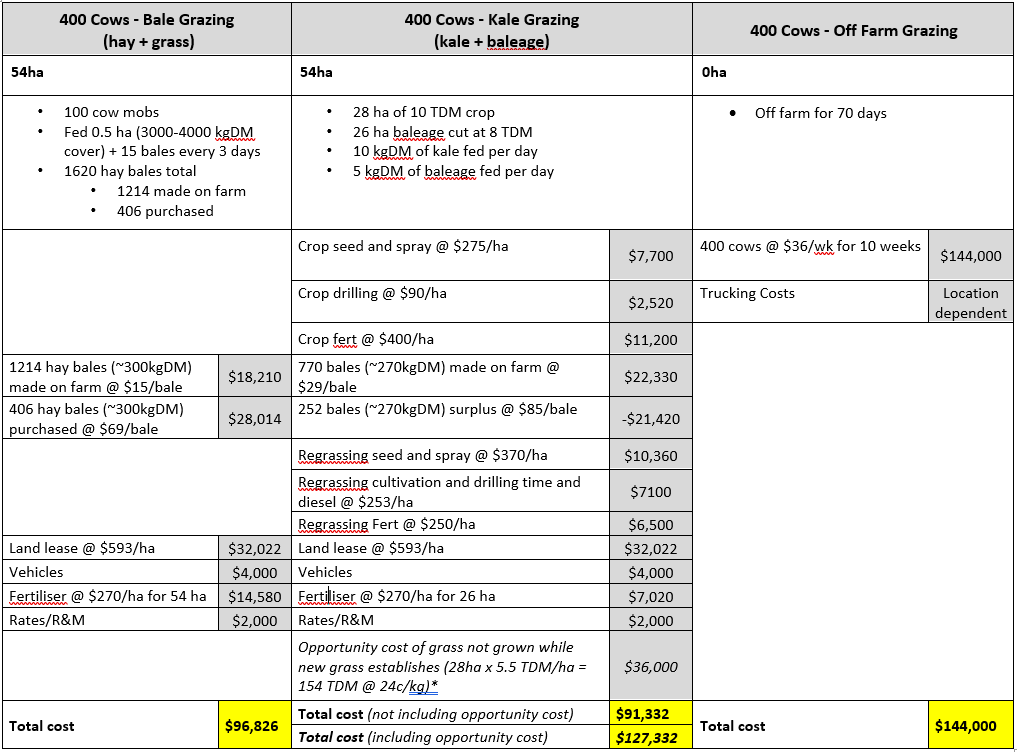Hay bale grazing – cost comparison
The data below has been generated by Dylan Ditchfield using a mix of actual and estimated costs for the 2020/21 season. Some of the data has been generated by AgResearch as part of their research on Dylan’s dairy farm.
Download the Quorum Sense hay bale grazing handbook: Hay Bale Grazing Handbook.pdf
Ross Monaghan inspecting AgResearch bale grazing trial (Dylan Ditchfield dairy unit, Southland)
* note some input costs have increased significantly since early 2021 and will impact on these figures.
Comparison of wintering costs: hay bale grazing vs kale grazing vs off-farm grazing
This table compares the relative wintering costs of three different modeled options for Southland dairy farmers - hay bale grazing, conventional kale crops and grazing off farm. With approximately 75% of hay / baleage made on-farm in both the hay bale grazing and kale grazing options, conventional kale grazing is slightly more cost effective, until the opportunity cost of ex-kale paddocks awaiting resowing in spring is factored in. Hay bale grazing then appears to be significantly more cost effective, not including observed benefits to soil, pastures, animals and people.
Comparing feed intake and utilisation: hay bale grazing vs kale grazing
This table shows a feed component analysis completed by AgResearch at Dylan Ditchfield’s dairy farm in winter 2021. It shows that while total intake was higher in the hay bale grazing treatment, total ME (metabolisable energy) was lower. Dylan commented that he is looking into options to increase the ME available in the bale grazing, potentially by increasing the ME of the hay.
Body condition score comparison: hay bale grazing vs kale grazing
These graphs show data collected by AgResearch on the body condition score (BCS) of cows wintered on hay bale grazing vs kale grazing. The cows on kale grazing increased their BCS by 0.74 over winter, compared with 0.43 on bale grazing. Dylan hopes to improve the hay bale grazing BCS result by increasing the ME of the hay offered. The next two winters (while AgResearch continues to monitor) will identify whether he is successful.
Related content on: hay bale grazing, wintering, finance
Disclaimer: The information, opinions and ideas presented in this content is for information purposes only and does not constitute professional advice. Any reliance on the content provided is done at your own risk. (click here to view full disclaimer).

















